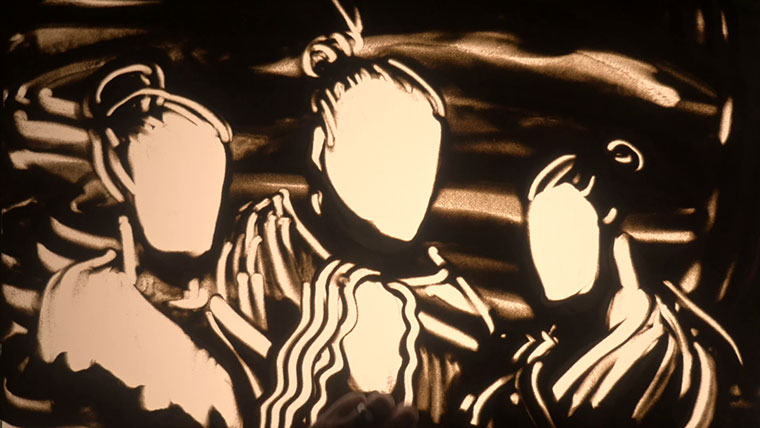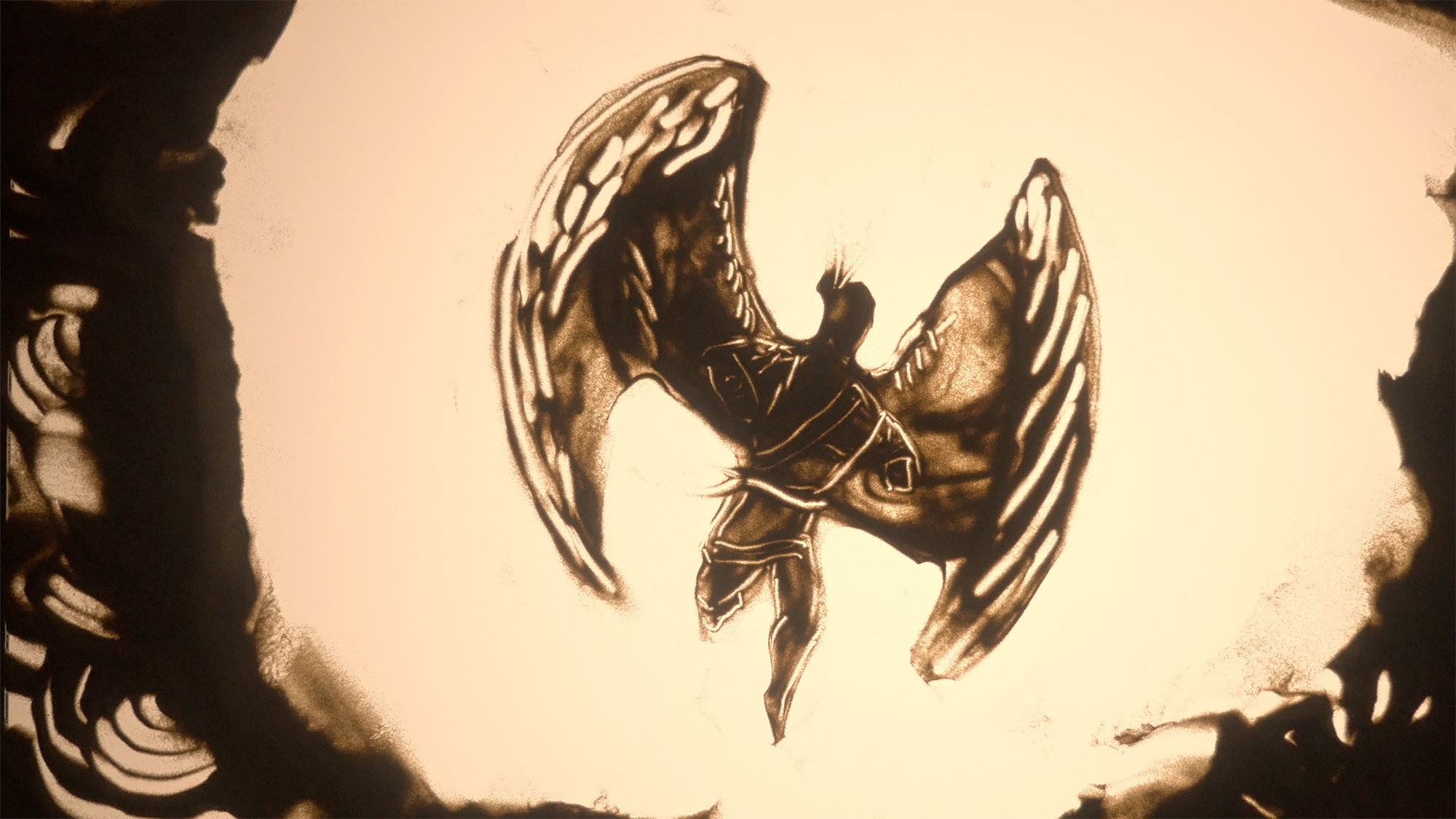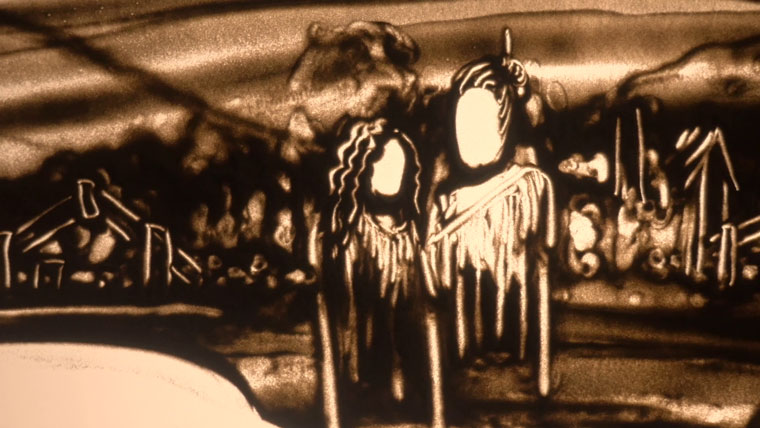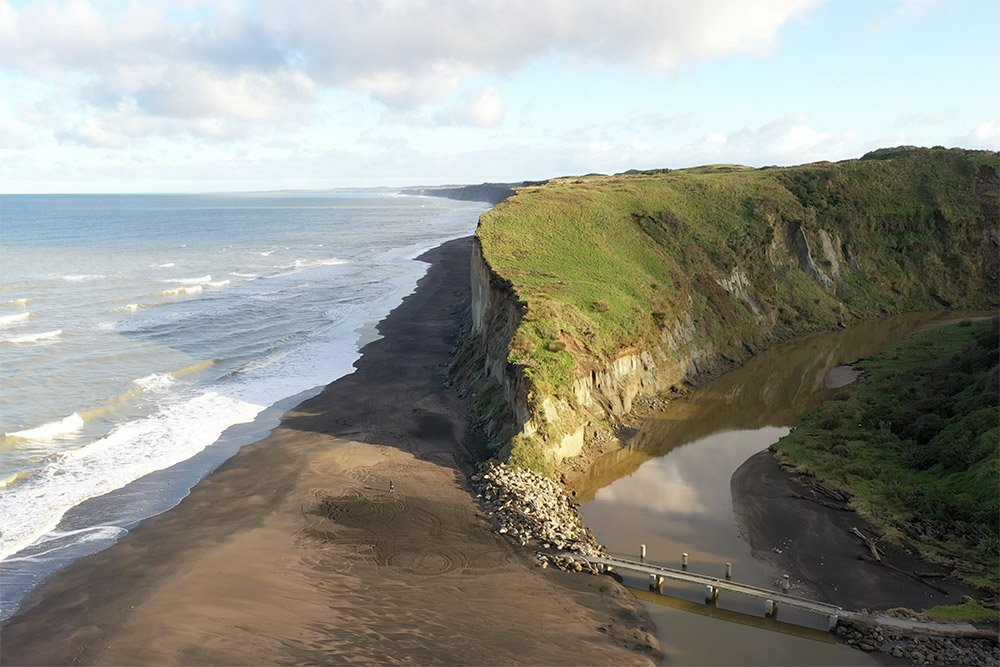Ngaa Rauru Kiitahi: The Emergence of a Paramount Chief, Rauru
Chapter 1
The Emergence of a Paramount Chief, Rauru
From the almighty powers of the celestial realm, the cosmic emanations of the divine beings, the world and its creation, the evolution of earth and mankind. It is there that the principal emerges in the person, Rauru Kiitahi.
Explore Chapter 1
Video transcript
The tribe, Ngaa Rauru Kiitahi, emanated from the tree of the Gods, down from the legion of spirits who were not seen but heard, then, through the generations of the Kaahui Rere, and the genealogies of the immediate assembly of elders.
In this respect, they may be regarded as a progeny of both ‘divine and human parentage’.
From the almighty powers of the celestial realm, the cosmic emanations of the divine beings, the world and its creation, the evolution of earth and mankind.
It is there that the principal emerges in the person of Rauru Kiitahi.
‘To Ngai-nui, Ngai-roa, Ngai-kaha,
Ngai-ariki and Te Uiarei
begat Toi-te-huatahi.
Toi-te-huatahi and Wairerekiao
begat Ruarangi
Ruarangi and Rongoueroa
begat Rauru!’
[Broughton (1983)]
But it was a traumatic birth. When Rauru was born, the umbilical cord twisted around his body and neck.
Mohi Apou, kaumaatua, Ngaa Rauru Kiitahi:
‘As she was trying to remove the umbilical cord from around the baby’s neck, he appeared placid and unfazed, she could not see any problem with the baby at all. Not even a single whimper came from the baby.
His mother knew it was a sign. Some divine intervention from above had saved her baby. The baby nearly died because of the umbilical cord, and yet it was because of the cord that continued to feed him, that he lived.
It struck the mother to name her baby, Rauru, for these thoughts, being born into this world epitomises life and death. The umbilicord is life and death. These are the two sides of being human.’
Ruka Broughton drew on a myriad of sources to develop his thesis, ‘Ko Ngaa Paiaka o Ngaa Rauru Kiitahi’. It is highly revered as an authority on the origins of Rauru and his people.
It is said that Rauru was born at Whakataane. He was the eldest of his siblings, Awanuiaarangi, Taha-titi, and Puhikaiariki.
After a time, he grew to adulthood and his people saw how he conducted himself. He was a fit man, a warrior. He was an avid traveller. Many iwi attributed him with the origins of carving. Rauru was a man of one mind, a man of his word. There was no going back on anything he said. This is why he was called Rauru Kiitahi - Rauru of One Word.
From Rauru’s line came Te Kaahui Rere. The first man to fly in the air was Te Ika-waiwaha.
They say when he came into being he was not of human form but a placenta. It was cast into the sea to float upon the waves. It washed ashore.
Mohi Apou, kaumaatua, Ngaa Rauru Kiitahi:
‘At a place called Waikaramihi. The placenta transformed into a body but according to the stories, there were another people there in that region at Waikaramihi. They retrieved it, tended to it, cleaned it up, and behold, the placenta could be seen moving.
It was clear, it possessed divine powers, it was imbued with a life force, and they cared for it. Eventually, it grew powerful, it developed, it prospered, and it flew away. The people of that time named it Te Ikawaiwaha.’
Whilst some believed Te Kaahui Rere sprang up from the land at Waitootara. Others believed, ‘..they came from the Ngaati Awa and Ngaati Porou areas and neighbouring tribes. And when they came to the West Coast, they travelled by sea, landing at Paatea and Waitootara.’
On arrival, they were the first to light the fires on the land thus indicating original ownership title. Then followed the setting up of distinct boundaries. They called themselves ‘Te Kaahui Rere - The Flying People’.
In his thesis, Broughton recalls the conversations among his elders.
According to the elders;
‘Te Kaahui Rere lived on the Paakaraka-Nukumaru Coast at a place called Te Ihonga, which is in the area of Te Kiri o Rauru.
From there, those people flew from Te Ihonga to Tapuarau,
From Tapuarau to Te Ihupuku;
From Te Ihupuku to Piipiitori;
From Piipiitori across the river to Pootiki-aa-Reehua;
From Pootiki-aa-Reehua to settle on Whatakaaho;
And from Whatakaaho, they flew across the river again and inland a bit to Tieke'.
[Broughton (2023)]
Rauru had long passed, when a new generation of people came into the area. This was the arrival of Turi, Rongorongo, and the people of the Aotea confederation.
‘Tis Aotea, ‘tis Aotea
Pull the canoes ‘hither,
Pull the canoes ashore,
Upon the sacred threshold of Ngaa Rauru Kiitahi,
Turn your gaze to Pungarehu, to Kaierau,
Taipakee,
To the two rivers, to Ihupuku, to Piraunui,
Rest at Paamatangi…(chant)’
[Broughton (1983)]
As time passed, the newcomers made South Taranaki home. The children of Turi and Rongorongo settled across the region.
Taaneroroa crossed the Paatea River to inhabit the west.
Turanga-i-mua continued to occupy the southern banks of Paatea.
Tuutawa-whaanaumoana and Tongapootiki ventured further south to Whenuakura and Waitootara.
This is how the people of Aotea came to live and thrive with their kin, Ngaa Rauru Kiitahi.
From Ngai-nui, Ngai-roa, Ngai-kaha;
Ngai-ariki and Te Uiarei begat Toi-te-huatahi
Toi-te-huatahi and Wairerekiao begat Ruarangi
Ruarangi and Rongoueroa begat Rauru!
Rauru the man
It is said Rauru was born at Whakataane. He was the eldest of his siblings, Awanuiaarangi, Taha-titi, and Puhikaiariki.
He was a warrior and an avid traveller. Many iwi attributed him with the origins of carving.

Rauru was a man of one mind, a man of his word. There was no going back on anything he said. Hence, he was called Rauru Kiitahi - Rauru of One Word.
Rauru Kiitahi - a man of one mind, a man of his word.

The Winged People
From Rauru’s line came Te Kaahui Rere. The first man to fly was Te Ika-waiwaha. They say when he came to be he was not of human form but a placenta. It was cast into the sea to float upon the waves. It washed ashore.
At a place called Waikaramihi. The placenta transformed into a body...
It was clear, it possessed divine powers, it was imbued with a life force. Eventually, it grew powerful, it developed, grew and prospered, and it flew away.
- Mohi Apou, Kaumaatua of Ngaa Rauru Kiitahi
While some believed Te Kaahui Rere sprang up from the whenua at Waitootara, others believed they came from the Ngaati Awa and Ngaati Porou areas and neighbouring tribes.
And when they came to the West Coast, they travelled by sea, landing at Waitootara and Paatea. On arrival, they were the first to light the fires on the land thus indicating original ownership title, and then followed the setting up of distinct boundaries.
'They called themselves Te Kaahui Rere - The Flying People.' (Broughton, R. 1986)
Turi and the Aotea Confederation
Tis Aotea, ‘tis Aotea
Pull the canoes ‘hither,
Pull the canoes ashore,
Upon the sacred threshold of Rauru Kiitahi,
Turn your gaze to Te Pungarehu, to Kaierau,
to Taipakee,
To the two rivers,
to Te Ihupuku, to Piraunui,
Rest at Paamatangi…

As time passed, the newcomers made South Taranaki home.
The children of Turi and Rongorongo settled across the region.
Taaneroroa crossed the Paatea River to inhabit the west.
Turanga-i-mua continued to occupy the river’s southern banks.
Tuutawa-whaanau-moana and Tongapootiki ventured further south to Whenuakura and Waitootara.
This is how the people of Aotea came to live and thrive with their kin, Ngaa Rauru Kiitahi.
Notes and credits
Main image: Interpretation of baby Rauru and his mother, Rongoueroa. Artwork by Marcus Winter

